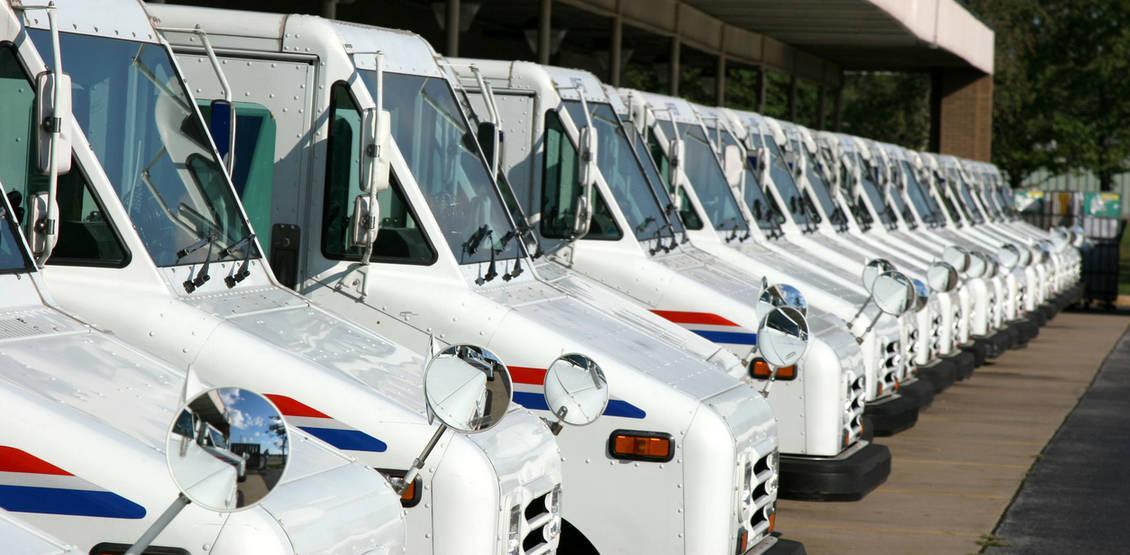Residents in many smaller towns and rural areas in the United States do not receive residential mail delivery from the USPS. They’re living off the grid, the postal grid, that is.
In communities such as Davidson, NC, Carmel-by-the-Sea, CA, and Jackson Hole, WY, USPS does not deliver mail to home addresses. Shippers like FedEx and UPS usually deliver packages to peoples’ doors, but the USPS does not.
In some cases, like in Davidson and Carmel-by-the-Sea, the decision against mail delivery was made locally to encourage community building. With everyone checking their mail at the local post office, they’d have to interact with each other. Carmel-by-the-Sea has been doing this for more than 100 years. According to the city’s Chamber of Commerce, a newcomer attempted to get residential mail delivery service about 10 years ago and was promptly labeled an “agitator.”
In Davidson, a delivery route is available to disabled residents. Mail delivery routes are also available to homeowners associations and retirement communities outside of the original town’s boundaries, but only to clustered mailboxes.
In other cases, cities and towns lack delivery routes because of USPS policies. For example, in Jackson, WY and Mammoth Lakes, CA, regular and heavy snowfall make it virtually impossible to deliver mail.
Rural mail delivery frequently involves a central set of mailboxes located along a rural path. These mailboxes tend to cover a large area; thus, they are rarely close to residents’ actual homes.
In 2013, the USPS changed one of its residential delivery policies. For all newly established addresses, instead of delivering to the door or a curbside mailbox, mail will only be delivered to central mailbox clusters. These can be located far from a person’s actual residence. These clusters also make package delivery tricky since the mailbox address is different from the property address.
Here at Service Objects, we are constantly looking for new addresses that don’t fit nicely into a simple box. If the USPS doesn’t deliver to a given address, it doesn’t mean that the address isn’t real or valid for FedEx and other shipping services. Our competitors often ignore tricky outlier addresses such as those that technically don’t exist, at least according to the USPS.
We understand that a lot of people are living off the postal grid, either by choice or by USPS policy. We excel at finding these addresses and dealing with their intricacies. These are the types of challenges that push us to improve our address validation software for even better accuracy.













